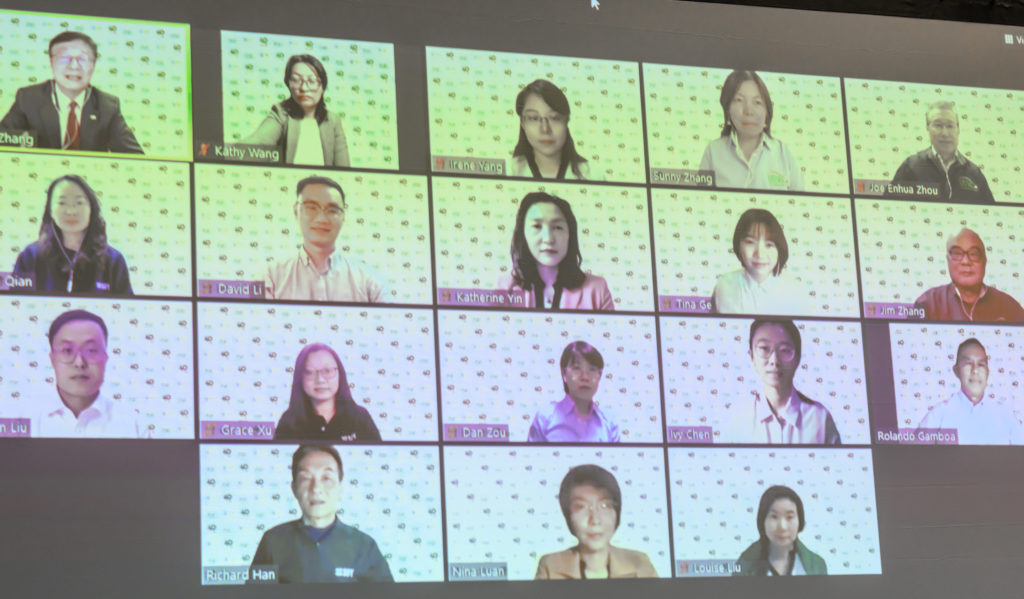U.S. Soy commemorated its 40-year partnership with the Chinese agriculture industry with a joint celebration including U.S. Soy leadership and the USSEC China team on December 7, 2022.

In 1982, U.S. Soy opened an international marketing office in Beijing. This office marked the formal establishment of a relationship with China, which developed through three years of exchange visits between Chinese and U.S. agricultural delegations.

“During the past 40 years, we have developed an incredibly successful and mutually beneficial relationship with the Chinese agriculture industry,” said USSEC CEO Jim Sutter. “U.S. Soy has supported the pork, poultry, aquaculture, edible oil and soy food sectors to meet China’s vision for economic growth. As China has grown to the largest buyer of soy on the global market, they have become the top international customer of U.S. Soy.”
China is now the world leader in pork, egg and aquaculture production. The country also leads the world in soy food consumption. U.S. Soy contributed to this progress through professional and technical training, conducting animal feeding experiments and organizing seminars to exchange knowledge with local organizations, helping Chinese businesses capture value from U.S. soybeans and soy components.
U.S. Soy remains committed to helping China develop solutions to challenges facing the agriculture industry today and into the future.
“Like our U.S. Soy farmers, China is committed to sustainable development,” Sutter noted. “U.S. Soy supports China’s objectives along the green value chain, serving as part of their solution. Soybeans grown in the U.S. have the lowest carbon footprint compared to soy from other regions. We were pleased to host a roundtable at our St. Louis Office with Ambassador Qin Gang from China and other Ag Leaders from China (virtual) and the U.S. to discuss opportunities to work together on sustainability initiatives.”
The demand for sustainable protein is driven by many needs and rising consumer consciousness. Examples include growing demand for animal and plant protein due, a rapidly expanding aquaculture industry and an increasing focus on high-quality soybean oil and meal.
“USSEC deeply values the many industries in China as an important Customer of U.S. Soy,” Sutter said. “Because of our rich history together and the efforts of so many who built and continue to build this relationship, U.S. Soy is well positioned to deliver solutions.”
This story was partially funded by U.S. Soy farmers, their checkoff and the soy value chain.
